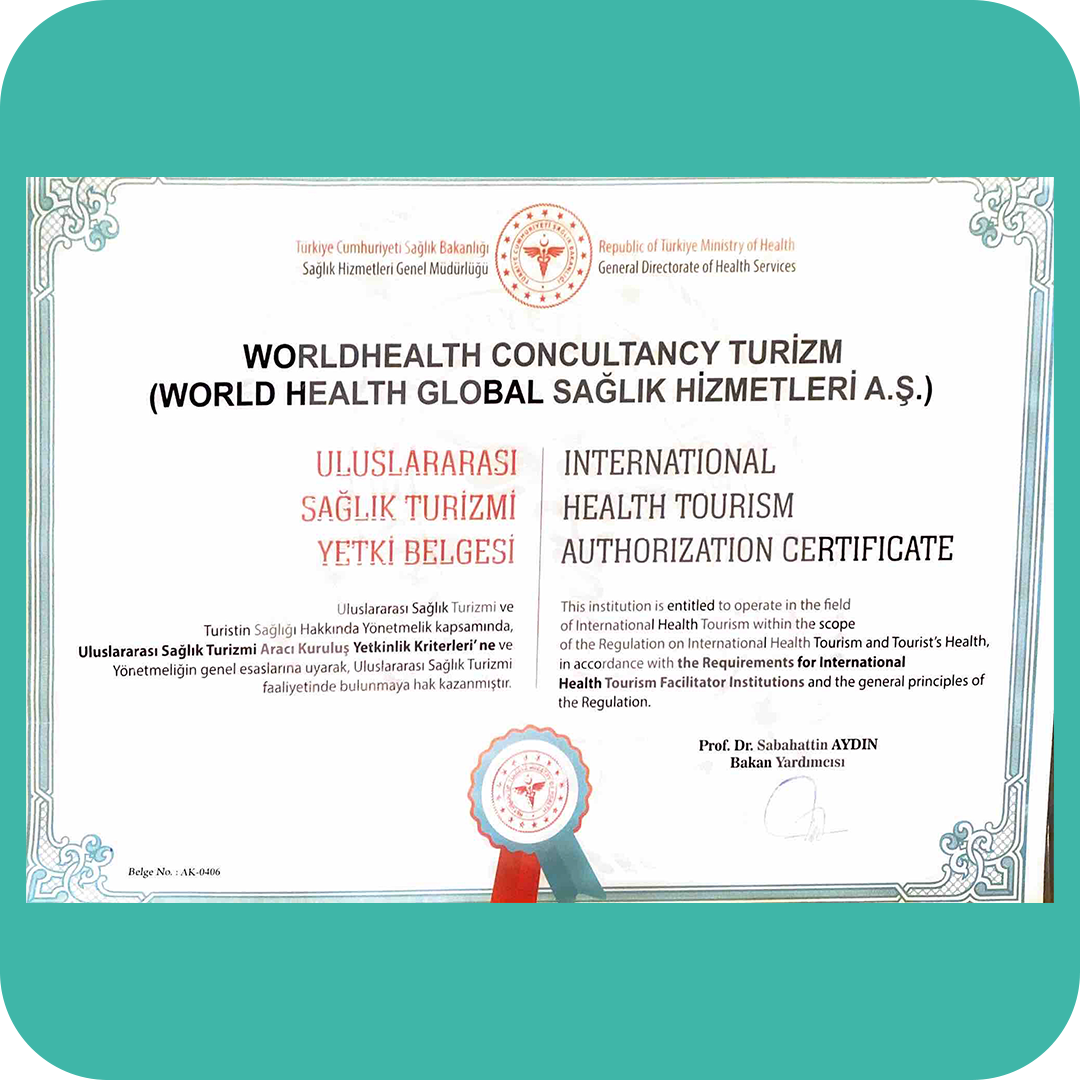Stages of Rhinoplasty
Examination and Decision:
The first stage involves a thorough consultation. The patient’s concerns are listened to, and the patient and the surgeon discuss the desired shape of the new nose. During this process, 3D design technology is used to create simulation images of the patient’s prospective nose.
Preparation:
The second stage involves pre-operative preparations. Patients are advised to quit smoking at least two weeks before the surgery. Additionally, the surgeon will request a list of all medications the patient is taking, particularly those that thin the blood, which should be discontinued before the procedure.
Surgical Procedure:
The third stage is the actual surgery, which is usually performed using either an open or closed technique under general anesthesia.
Recovery:
Finally, the recovery stage begins. The healing process for rhinoplasty is now much shorter compared to previous years, allowing patients to return to their daily activities more quickly.
Pre-Rhinoplasty Preparations
Before undergoing rhinoplasty, patients must complete several steps:
- Patients should fast for at least six hours before surgery.
- Laboratory tests may be required.
- It is advised to quit smoking at least two weeks before the operation.
- Aspirin and other blood-thinning medications should be avoided.
If the patient has sinusitis or breathing issues, a CT scan may be necessary before the surgery.
Who Can Undergo Rhinoplasty?
Rhinoplasty is a suitable option for many individuals. It is ideal not only for those who are dissatisfied with the aesthetic appearance of their nose but also for those experiencing breathing difficulties.
Risks of Rhinoplasty
Rhinoplasty carries certain risks, including permanent numbness around the nose, difficulty breathing through the nose, asymmetry, color changes, pain, persistent swelling, scarring, and septum perforation.






 WHATSAPP
WHATSAPP